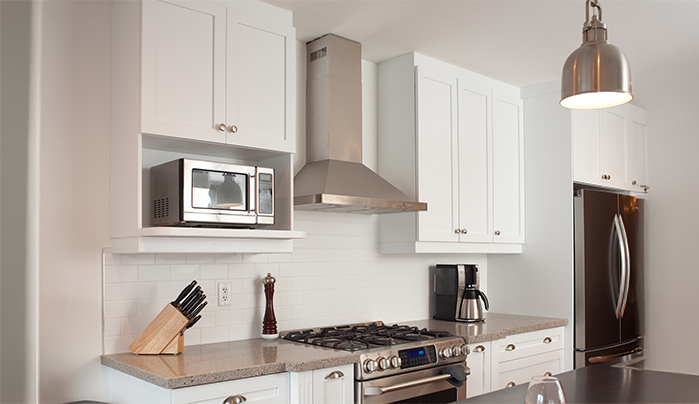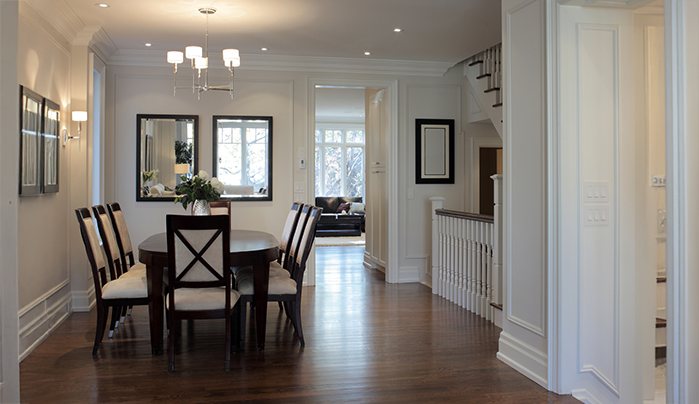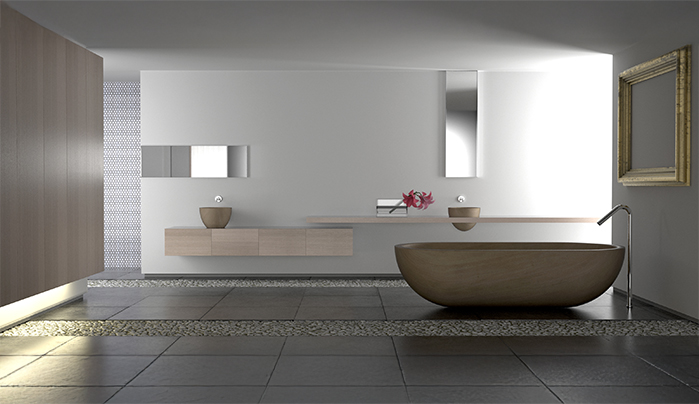
“The woods are lovely, dark and deep,” said Robert Frost, and he was not alone in his admiration. For centuries, wood has stirred humans with its warmth. The grain and charming beauty are often admired. Though solid wood has always been cherished, today’s design world embraces a smarter, more sustainable way to carry its charm forward: veneers.
Wondering what veneers are, where they come from, and where they can be used? Here’s your complete guide.

Veneers are wood, but not at the cost of wood (yes, both in terms of price and costing the planet). They are ultra-thin layers of natural wood. So, they come without the weight, cost, or environmental impact of using solid wood.
Owing to their structure, appeal, and versatility, they are perfect for statement wall panels as well as luxurious cabinetry and beyond.
Veneers come from real wood, but their types and sources can vary. Some veneers begin their journey deep within forests. Nature paints every grain, texture, and hue. High-quality veneers, like those from CenturyVeneers' NatzuraWoods range, are responsibly sourced from sustainable forests across Africa, Southeast Asia, Europe, and the Americas.

It is worth noting that each region offers unique species of timber, each with its own character. You will find the deep, rich tones of African hardwoods as well as the soft, elegant grains of European species. NatzuraWoods celebrates this diversity through a handpicked collection of exotic natural veneers.
On the other hand, there are Reconstituted Veneers. They are also called engineered or recomposed veneers. CenturyPly’s SenzuraStyles range belongs to this category. These are also made from real wood, but not in the same way. They are created using plantation-grown wood, shaped through templates and dye moulds. The result? Consistent grain patterns, modern colours, and designer looks that bring a unique flair to interiors.
Veneers can be used in different places with different interior themes. They are suitable for formal spaces as well as homely vibes. Here are two common applications:
Veneered wall panels create a rich, textured look. They add warmth and depth without overwhelming the room. You can create a rustic retreat or a modern moodboard. Good-quality veneers can redefine your wall aesthetics with natural flair.

Veneers elevate furniture design by offering premium finishes at a fraction of the cost of solid wood. You can add them to wardrobes and kitchen cabinets. You can also use veneers on coffee tables and bed headboards. They add timeless charm while being light, durable, and easy to maintain.
When you choose CenturyVeneers, you don’t just get surface beauty; you get engineered quality. Here’s what sets them apart:
So, be it natural or engineered, every veneer from CenturyPly reflects a promise backed by cutting-edge technology.

Veneers are not your regular surface material. They are a smart design choice. They let you experience the beauty of wood, minus its downsides. So, it can be the raw, earthy vibe of natural veneers or the modern patterns of reconstituted ones; there’s something for every space, mood, and budget.
So, next time you’re planning a design upgrade, don’t think beyond paint and polish. Think veneers and let your walls and furniture tell a more stylish story.
Wood veneer cabinets are designed to last between 10 to 20 years or more. Their lifespan is largely influenced by the brand you invest in and how well they are cared for. They are more resistant to warping and cracking compared to solid wood cabinets. Thus, they are a perfect choice for kitchens where temperature and humidity usually fluctuate.
Veneers can be used in offices as they bring a touch of class. You can add them to reception areas as well as conference rooms. In retail settings, you can use veneers near product displays. In the hospitality sector as well, veneers can be added to create inviting lounges, cosy cafeterias, or stylish guest rooms. They gel well with plants and greenery as well as contemporary interiors.
Water exposure generally tends to harm veneers. However, CenturyVeneers come with BWR quality. Thus, they show marked resistance to swelling, splitting, and veneer damage.
Loading categories...